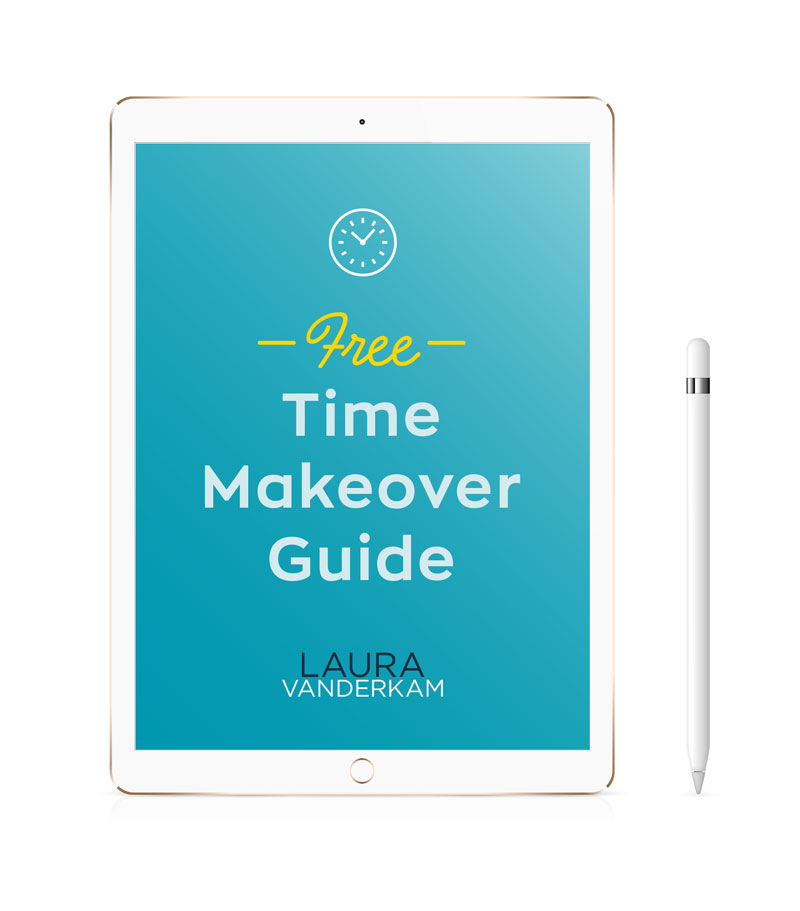There are 168 hours in a week.
This is a new approach to get the most out of them.
Step 1:
Download the How to Do Your Own Time Makeover guide/intro:

Step 2:
Download your 168 Hours Time Management Spreadsheet based on your preferred increments of time to track/log. Choose the PDF version to print and fill in, or choose the Excel version to fill in on your computer.
Please note: If you are using the Google Sheet Versions, please go to file > make a copy > and save to your personal Google drive
To track 30-minute blocks of time:
30-minute Spreadsheet (PDF) 30-minute Spreadsheet (Excel) 30-minute Spreadsheet (Google Sheets)
To track 15-minute blocks of time:
15-minute Spreadsheet (PDF) 15-minute Spreadsheet (Excel) 15-minute Spreadsheet (Google Sheets)
If you want to lose weight, you keep a food diary. If you want to get out of debt, you record your spending. Likewise, if you want to use your time better, keeping track of your time is the first step. Once you know where the time goes, you can make changes that will help you spend more time on the things that matter, and less on the things that don’t.
Here’s how to get started: Download or print up your own 168 Hours Time Management Spreadsheet (download the pdf or excel version above). Start tracking whenever you want; it doesn’t have to be Monday morning. Now is a good time. You can start in the middle of the week and cycle back around to the beginning.
- Write down what you are doing, in as much detail as you want. “Work” and “met with manager” are both fine, but one gives you more information to work with later.
- Think of yourself as an attorney billing your time to different projects. Keep the spreadsheet with you. If you forget to record what you’re doing for a while, just approximate the time later. It doesn’t have to be perfect. Most people find that checking in 3-4 times a day is sufficient, with each check-in taking about a minute.
- Keep going for 168 hours (one week). If the week you recorded seemed particularly atypical, you might want to try a second week too, though most time-trackers learn that there is no such thing as a typical week!
- After you’ve recorded your 168 hours, break your activities down into categories. How much time did you spend working? Commuting? Interacting with your family? Sleeping? Exercising? Doing personal care (like showering or doing your hair)? Doing housework or household administration? Watching television? Reading?
- Do these numbers reflect the number of hours you’d like to “bill” to these projects? What do you think would be ideal?
- How can you change your schedule to get closer to that ideal? Try thinking through your next week (before you are in it!), and scheduling in activities you’d like to spend more time doing. What, logistically, would need to happen for this schedule to become a reality? How will you hold yourself accountable for making these time changes?